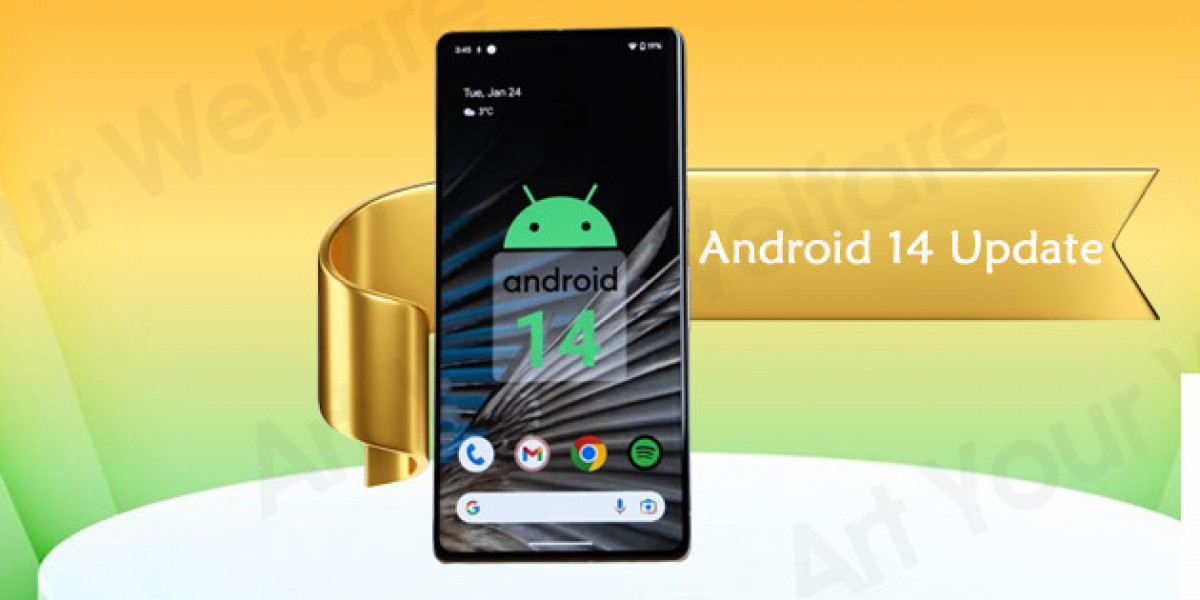In today's digital world, security is a top priority for businesses and individuals. With cyber threats on the rise, organizations are turning to advanced identity verification methods to protect user data and prevent fraud. NFC identity verification and facial biometric authentication are two cutting-edge technologies revolutionizing the way we verify identities. These methods offer a seamless, secure, and efficient authentication process, making them ideal for industries such as banking, healthcare, and e-commerce.
What is NFC Identity Verification?
Near Field Communication (NFC) is a wireless technology that enables secure data exchange between devices over a short distance, typically within a few centimeters. NFC identity verification leverages this technology to authenticate users by reading information stored on an NFC-enabled ID card, passport, or smartphone.
How NFC Identity Verification Works
User Presents NFC-Enabled Document – The individual taps their NFC-enabled passport or ID card on a compatible device.
Chip Data Extraction – The device reads encrypted data from the embedded chip.
Authentication Process – The extracted information is verified against official databases to confirm authenticity.
Access Granted – If the credentials match, the verification is successful, granting access to the user.
Benefits of NFC Identity Verification
High Security – The encrypted chip ensures that personal information remains secure.
Fast and Convenient – The verification process takes seconds, improving user experience.
Fraud Prevention – Difficult to clone or manipulate, reducing identity fraud risks.
Contactless & Hygienic – Ideal for touchless authentication in sensitive environments.
What is Facial Biometric Authentication?
Facial biometric authentication is a technology that verifies an individual's identity based on their unique facial features. This method uses advanced AI and machine learning algorithms to analyze and match a person’s face with their stored biometric data.
How Facial Biometric Authentication Works
User Captures a Live Image – The individual takes a selfie or video using a camera-equipped device.
Feature Extraction & Analysis – AI algorithms analyze key facial points, including eye distance, nose shape, and jawline.
Comparison with Stored Data – The system compares the live image with the pre-registered biometric template.
Verification & Access Approval – If the facial features match, the authentication is successful.
Benefits of Facial Biometric Authentication
Enhanced Security – Unique facial features make spoofing nearly impossible.
User-Friendly – No need to remember passwords; simple face scan for authentication.
Real-Time Verification – Instant validation improves user convenience.
Scalability – Can be implemented across multiple industries, from banking to border control.
Combining NFC Identity Verification and Facial Biometric Authentication
By integrating NFC identity verification with facial biometric authentication, organizations can achieve a dual-layered security approach. This combination ensures that even if an NFC document is stolen, it cannot be used without a matching face scan.
How This Dual Approach Works
Step 1: NFC Document Scan – The user taps their NFC-enabled passport or ID on a compatible reader.
Step 2: Facial Authentication – The user’s live selfie is captured and compared with the biometric data stored in the NFC chip.
Step 3: Identity Confirmation – If both credentials match, access is granted; otherwise, authentication fails.
Advantages of Combining Both Technologies
Stronger Fraud Protection – Reduces the risk of identity theft and document forgery.
Seamless User Experience – Quick and effortless verification.
Regulatory Compliance – Meets stringent security regulations in banking, travel, and healthcare industries.
Real-World Applications
1. Banking and Financial Services
Banks use NFC-based ID verification and facial biometrics for secure online transactions and account access, reducing financial fraud risks.
2. Travel and Border Control
Many airports and immigration departments implement this technology for faster and more secure passenger verification.
3. E-Commerce and Retail
Online platforms use facial biometric authentication to secure digital payments and prevent unauthorized purchases.
4. Healthcare and Telemedicine
Hospitals and telemedicine providers use this technology to verify patient identities, ensuring secure access to medical records.
Future Trends in NFC and Facial Biometrics
As technology advances, NFC identity verification and facial biometric authentication will continue to evolve. Future trends include:
AI-Powered Fraud Detection – Enhanced machine learning algorithms will detect deepfakes and spoofing attempts more effectively.
Widespread Mobile Integration – More smartphones will support NFC-based authentication for daily transactions.
Blockchain for Identity Management – Decentralized systems will add an extra layer of security to biometric and NFC verification.
Conclusion
NFC identity verification and facial biometric authentication are transforming the security landscape by providing fast, secure, and contactless authentication methods. Their combination offers a powerful defense against identity fraud, ensuring that businesses and users can operate in a safer digital environment. As adoption increases, these technologies will become the standard for secure identity verification across multiple industries.
With the growing need for robust digital security, organizations that embrace NFC and facial biometrics will stay ahead in preventing fraud and enhancing user trust. If you’re looking to implement advanced identity verification solutions, now is the perfect time to integrate these cutting-edge technologies into your system.



